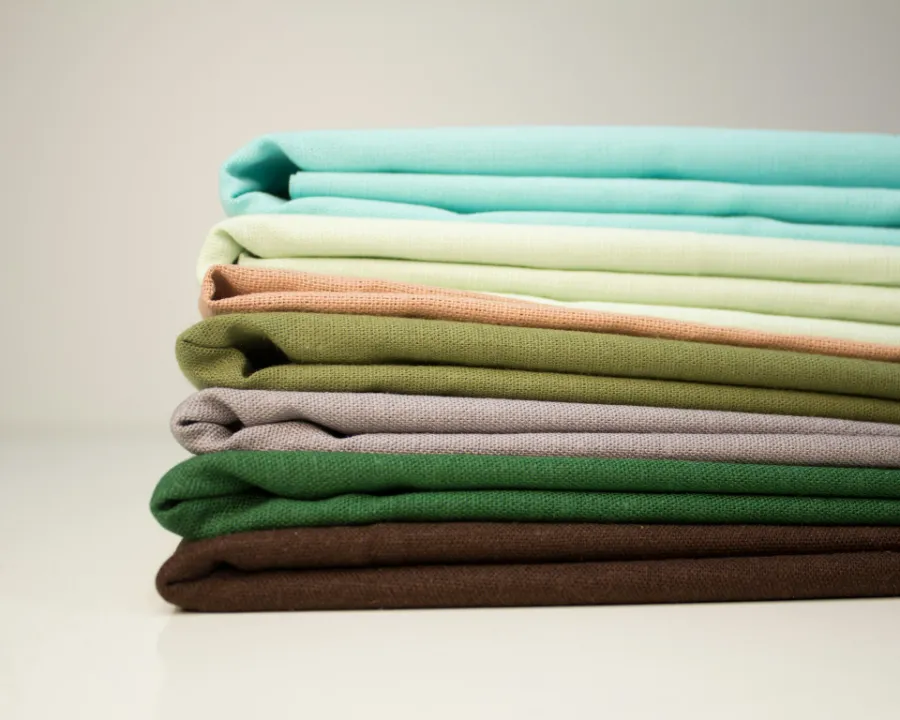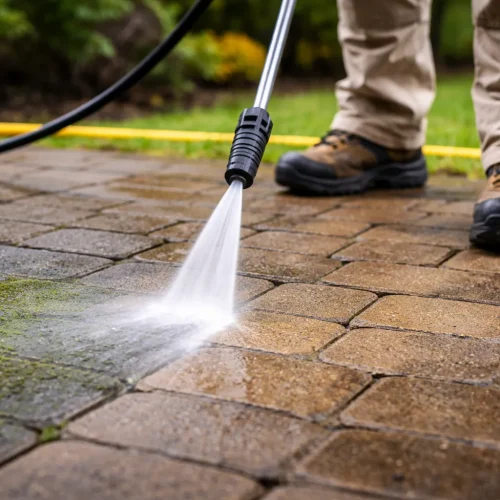
All too often, we blame our dry or itchy skin on everything from our skincare products and daily diet to the weather. The reality is that our home environment plays a huge role in our skin health, and the culprits for your skin problems could be your sofa throw, laundry detergent or even your air freshener. Whether you have a skin condition or simply have sensitive skin, creating a skin-friendly home will turn your house into a haven that is free from triggers that cause flare-ups.
Fabrics, Scents & Cleaners to Avoid for Healthy Skin
When we think about the environmental factors that impact skin, we automatically think about air pollutants and outdoor air quality. While the outside environment can affect your skin, it is far more likely that the triggers for your skin problems are already in your home. Many people with mild to moderate skin reactions don’t even know that they have a skin condition, so they never realize that their dry itchy skin is linked to the choices they make at home and that it is completely avoidable. For example, eczema is not only caused by environmental factors, but there are several things, including chemicals in soaps and scents as well as certain fabrics, that can trigger or exacerbate the symptoms. The first step to improving your skin health is identifying and managing psoriasis triggers.
Fabrics that can Irritate Sensitive Skin
It’s not just your clothes that can irritate your skin; even fabrics at home can trigger a reaction without you even realizing it. Stain-resistant upholstery is a common offender, as these fabrics often contain PFAS and other chemicals that irritate sensitive skin. This is a similar issue for bedding that is labelled “wrinkle free”. Faux Leather and Vinyl contain phthalates or plasticizers that are more likely to irritate sensitive skin. While synthetic fabrics are more likely to cause skin irritation, there are several natural fabrics, such as wool, that can be abrasive, so avoid wool throws and blankets. Research shows that some people are allergic to a protein called sericin, which is present in silk, so if you get a rash after using silk, it’s best to avoid this fabric.
Scents You Should Avoid
There is no doubt that the scent in your home can greatly affect your mood, as different smells evoke different thoughts and emotions. For instance, a citrus smell is often linked to cleanliness, while a lavender scent is relaxing, and a vanilla scent gives your home a cozy vibe since we associate it with baking. The problem is that most people use air fresheners to make their home smell good, and most of these contain a lot of chemicals that linger in the air and settle on your skin, which causes irritation or even rashes. Instead of opting for an air freshener that is laden with chemicals, you can create your own homemade candles and use essential oils to get your home smelling great naturally.
Cleaners that cause Rashes
When you have sensitive skin, you are careful when choosing your facial cleansers and body gels, but you’ve probably never given much thought to your household cleaners. Even though you wear protective gloves while cleaning, it’s unlikely that you will be able to thoroughly rinse off every trace of your cleaning product from every surface. Unfortunately, these products are so harsh that even a small amount is enough to cause a rash. A simple way to reduce your exposure to the chemicals in cleaners is to make your own DIY natural all-purpose cleaner.
It can be difficult to identify all your skin irritation triggers, as very often, the effects are not immediate. For instance, you may think that your skin irritation is caused by a new product you are using when it’s actually caused by the residue of your laundry detergent on your pillowcase. The symptoms often start off as just mild dryness, flaking, or an occasional itch, so you don’t realize that there is a root cause to your skin irritation. You should not ignore mild skin sensitivities, as this can become worse over time if it is not addressed.
Common Questions
Common triggers include certain fabrics like wool or treated upholstery, synthetic fragrances from air fresheners, and harsh cleaning chemicals. Identifying and reducing these irritants can help minimize flare-ups.
Yes, even natural fabrics like wool and silk can cause reactions in some people. Wool can be abrasive, while silk may cause allergic responses due to a protein called sericin.
Homemade candles made from soy or beeswax avoid the synthetic fragrances and chemicals in many store-bought options. They provide a safer, skin-friendly scent alternative for your home.
Synthetic scents can release chemical particles into the air, which settle on skin and cause irritation. Choosing natural options like essential oils reduces this risk.
A DIY natural all-purpose cleaner is a homemade cleaning solution made with safe ingredients like vinegar, lemon, and essential oils. It cleans effectively without leaving behind harsh residues that can irritate skin.
Yes, irritation can build up slowly from everyday exposure to treated fabrics, scented products, or cleaner residues. Even mild dryness or itching may be a sign of an environmental trigger.
Opt for untreated, breathable fabrics, natural scents, and gentle cleaning solutions. Regularly assess your environment for hidden irritants to create a healthier, more comfortable space.












